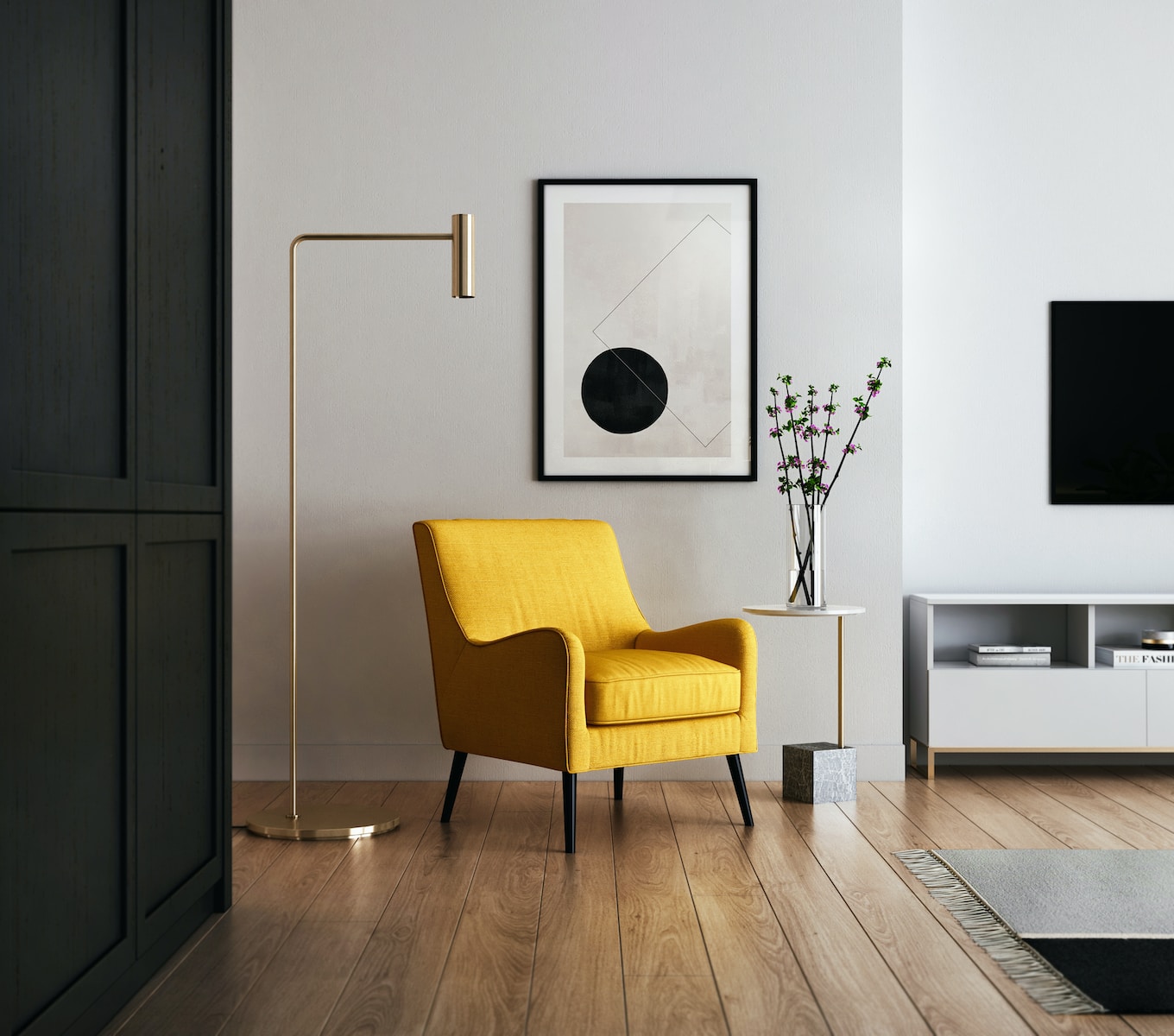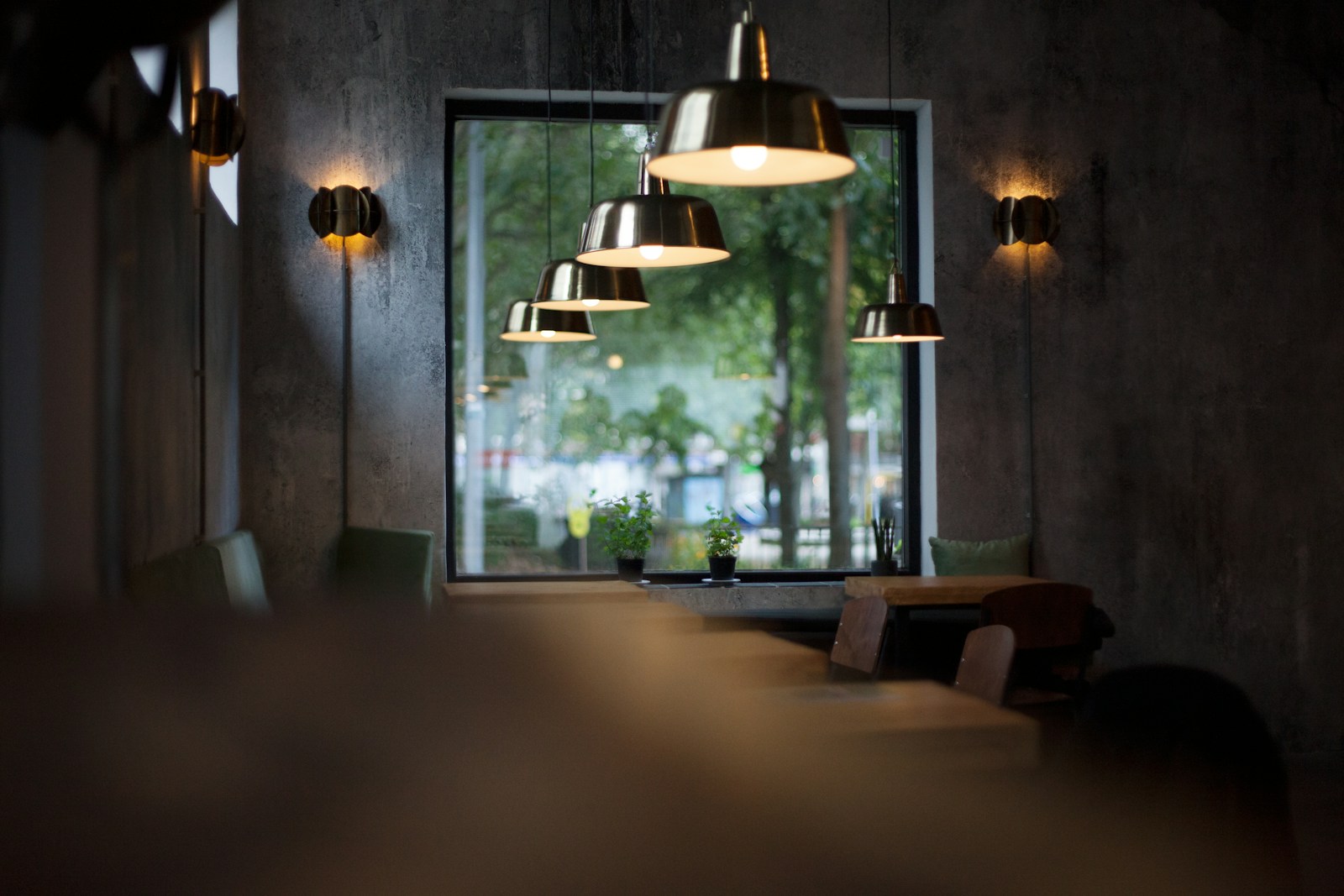Art has the remarkable ability to transform a house into a home, turning blank walls into a canvas that reflects your personality, experiences, and style. Personalizing your space with art is not just about decoration; it’s about creating a living environment that resonates with who you are. In this comprehensive guide, we will explore the intricacies of choosing and displaying art in your home, helping you navigate the world of creativity to curate a space that feels uniquely yours.
Understanding Your Style:
Before delving into the vast realm of art, take a moment to understand your style. Your preferences in colour, theme, and mood play a pivotal role in selecting artworks that resonate with you. Consider the following factors:
- Color Palette:
Identify the dominant colours in your existing decor. Whether you are drawn to vibrant hues or prefer a more muted palette, understanding your colour preferences will guide your art selection. - Themes and Motifs:
Explore themes that resonate with you. Do you have a penchant for landscapes, abstract art, or figurative pieces? Understanding your preferred motifs will help narrow down your choices. - Mood and Atmosphere:
Consider the mood you want to create in each space. Whether it’s a tranquil bedroom or an energetic living room, the right art can set the tone and enhance the atmosphere.
Choosing Art that Speaks to You:
Now that you have a clearer understanding of your style, it’s time to embark on the exciting journey of selecting art that speaks to you. Here’s a step-by-step guide:
- Explore Diverse Mediums:
Don’t limit yourself to a single medium. Explore paintings, prints, sculptures, photographs, and mixed media artworks. The diversity of mediums adds depth and visual interest to your art collection. - Visit Galleries and Exhibitions:
Immerse yourself in the art world by visiting galleries, museums, and exhibitions. This not only exposes you to a variety of artistic styles but also allows you to discover emerging artists whose work may resonate with you. Expert Tip: Art consultant, Dr. Emily Carter, suggests, “Visiting art events is a fantastic way to discover unique pieces and gain insights into your taste. Don’t be afraid to ask questions and learn about the stories behind the artworks.” - Consider Personal Connections:
Art becomes more meaningful when it holds personal significance. Consider artworks that evoke memories, align with your cultural background, or tell a story that resonates with your experiences. - Mix High and Low:
Building an art collection doesn’t have to be an expensive endeavour. Mix high-quality, investment pieces with more affordable prints or creations by local artists. This eclectic mix adds character to your collection. Interior designer, Sarah Reynolds, notes, “A diverse art collection doesn’t just showcase your taste; it also adds layers of interest and personality to your space.”
Displaying Art Creatively:
Choosing the perfect art pieces is just the first step; how you display them is equally important. The arrangement and placement of artworks contribute to the overall impact on your space. Consider the following tips:
- Create Focal Points:
Designate focal points in each room where the eye is naturally drawn. This could be above a fireplace, behind a sofa, or on a prominent wall. Arrange larger pieces or a curated collection of smaller artworks to create a visual centrepiece. - Experiment with Layouts:
Embrace creativity in your art arrangements. Experiment with symmetrical layouts for a classic look or go for an asymmetrical display for a more contemporary feel. Consider incorporating shelves, ledges, or even a gallery wall for added dynamism. Art curator, Dr. James Turner, advises, “Play with the spatial relationships between artworks. The juxtaposition of different sizes, shapes, and styles can create a visually engaging display.” - Consider Scale:
Pay attention to the scale of your artworks to the furniture and the space they occupy. Avoid overpowering smaller rooms with oversized pieces and vice versa. Strive for a balanced composition that complements the proportions of your space. - Frame and Matting:
The framing of your artworks contributes significantly to their visual impact. Choose frames that complement your decor and enhance the overall aesthetic. Consider using matting to add a touch of sophistication and draw attention to the artwork itself. Renowned framer, Lisa Thompson, suggests, “Frames should enhance, not overshadow the artwork. Choose materials and colours that harmonize with the piece and the surrounding space.” - Lighting Matters:
Proper lighting is crucial for showcasing your art collection. Use a combination of ambient, accent, and natural lighting to illuminate your artwork. Avoid direct sunlight to prevent fading, and consider adjustable lighting to highlight specific pieces. Lighting designer, Mark Harris, emphasizes, “The right lighting can transform the way you perceive art. Experiment with different angles and intensities to find the optimal illumination for your collection.”
Maintaining and Evolving Your Collection:
Building an art collection is a dynamic and evolving process. As your tastes and preferences change, so too can your art collection. Here are some tips for maintaining and evolving your curated space:
- Regularly Rotate Artworks:
Keep your space fresh and dynamic by rotating artwork. This not only prevents visual monotony but also allows you to enjoy different pieces at various times of the year. - Stay Informed About Emerging Artists:
Keep an eye on the art scene and stay informed about emerging artists. Attend local art events, follow art publications, and engage with online art communities to discover new talent that aligns with your evolving taste. Dr Emily Carter advises, “Building relationships with emerging artists not only supports the art community but also provides you with the opportunity to acquire unique pieces before they gain widespread recognition.” - Document Your Collection:
Maintain a catalogue or digital record of your art collection. Documenting details such as artist names, acquisition dates, and personal anecdotes associated with each piece adds a layer of sentimentality and facilitates future additions. Sarah Reynolds notes, “Your art collection is a reflection of your journey. Documenting its evolution allows you to appreciate the narrative and sentiment behind each piece.” - Consider Custom or Commissioned Pieces:
For a truly personalized touch, consider commissioning custom artwork. Engaging with artists for personalized pieces ensures that the art in your home is not only visually appealing but also uniquely yours. Artist and designer, Elena Martinez, remarks, “Custom pieces allow for a deep connection between the artist’s vision and your narrative. It’s a collaboration that adds an unparalleled level of intimacy to your art collection.”
Conclusion:
Personalizing your space with art is a deeply enriching endeavour that goes beyond mere decoration. It’s a journey of self-discovery, creative expression, and storytelling through visual aesthetics. By understanding your style, choosing art that speaks to you, and creatively displaying and evolving your collection, you can curate a space that authentically reflects your personality and experiences.
As you embark on this artistic journey, remember that there are no rigid rules. Let your intuition guide you, be open to exploration, and allow your art collection to evolve organically over time. In doing so, you’ll not only create a visually stunning environment but also a home that tells a unique and compelling story—one that unfolds




